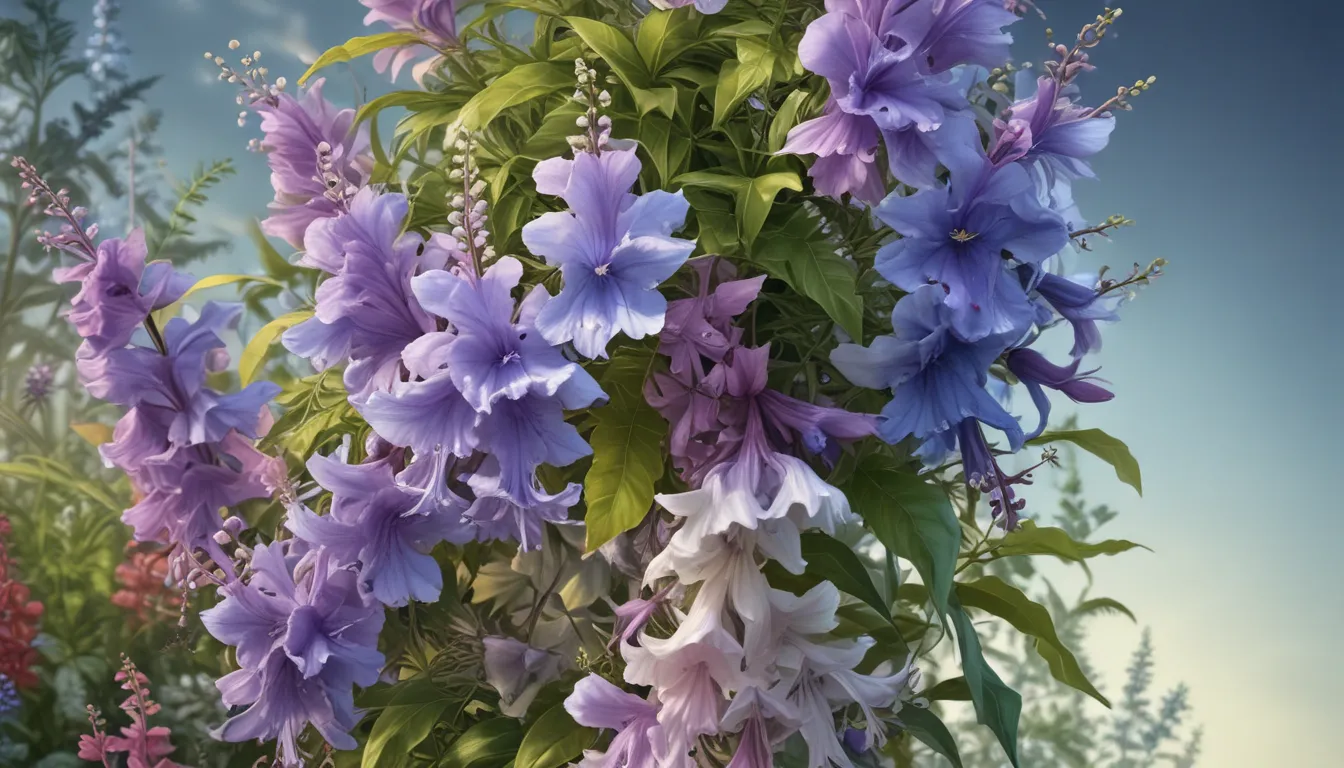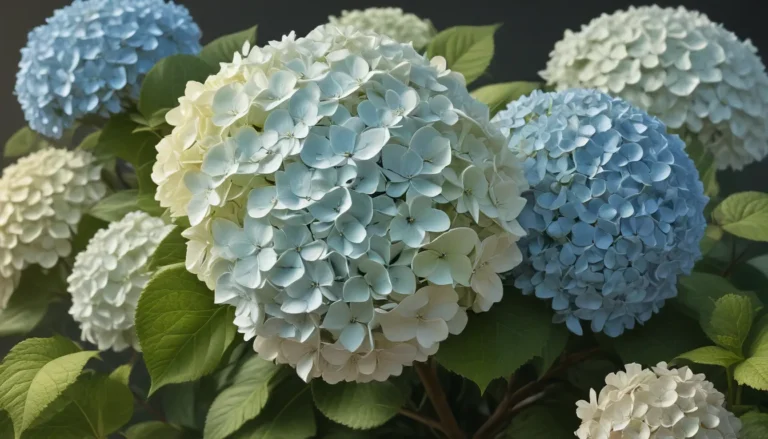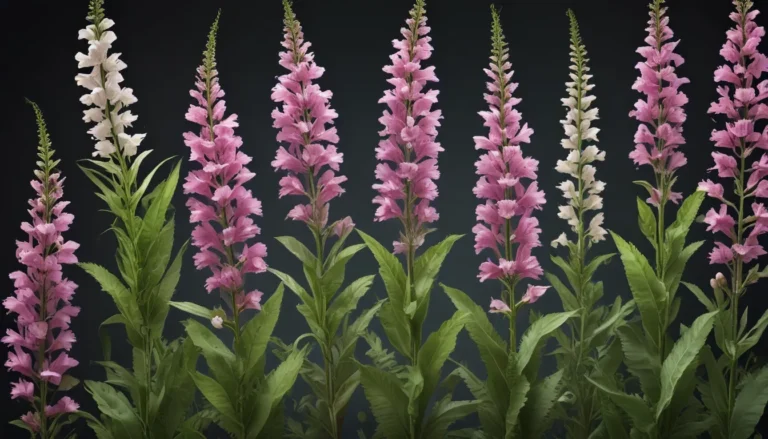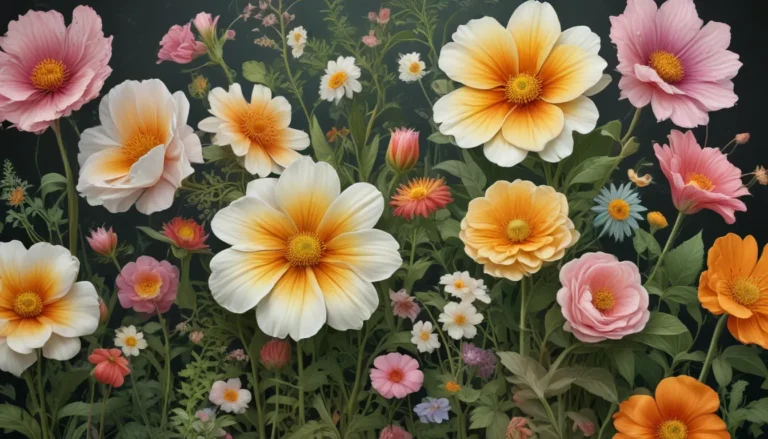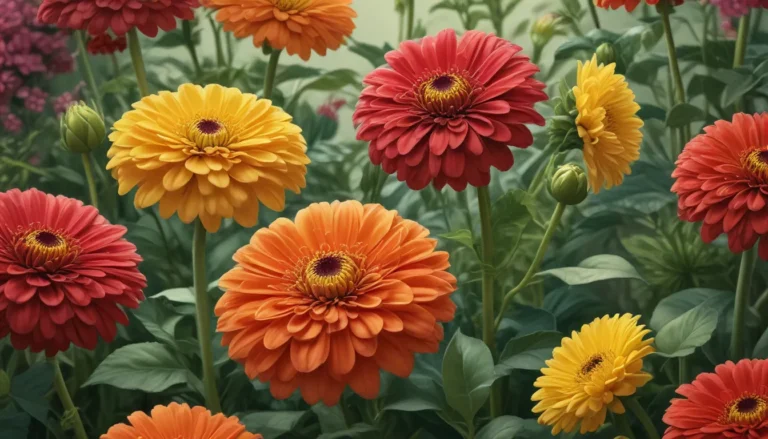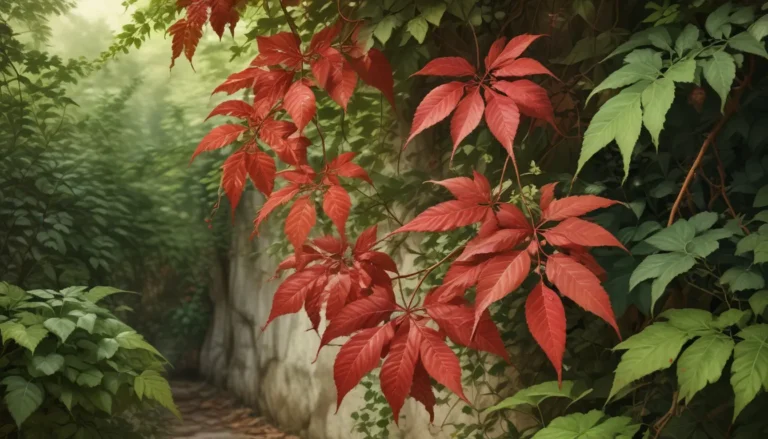The pictures we use in our articles might not show exactly what the words say. We choose these pictures to make you interested in reading more. The pictures work together with the words but don’t take their place. The words still tell you the important facts.
Are you a plant enthusiast or a gardening aficionado? If so, you must have come across the mesmerizing beauty of Lobelia at some point. This exquisite flowering plant, belonging to the Campanulaceae family, is a true botanical wonder with a rich history and intriguing characteristics. From its vibrant colors to its adaptability in various environments, Lobelia continues to captivate the hearts of nature lovers worldwide. In this article, we will delve into the hidden secrets of Lobelia and unravel eight fascinating facts that will deepen your appreciation for this remarkable plant. So, let's embark on a journey of discovery and uncover the enchanting world of Lobelia!
Exploring the World of Lobelia
Lobelia, a diverse genus of flowering plants, boasts approximately 415 species that span across different regions of the globe. From annuals to perennials, Lobelia plants exhibit a wide range of diversity, making them a captivating subject for plant enthusiasts.
Unveiling the Name: Lobelia, the Cardinal Flower
One of the most renowned species of Lobelia is Lobelia cardinalis, commonly referred to as the "cardinal flower" due to its striking red blooms. Native to North America, this species has earned its name through its vibrant and distinctive color, adding a splash of brilliance to gardens and landscapes.
Delving into Medicinal Properties
Certain species of Lobelia, such as Lobelia inflata, have been utilized in traditional medicine for their analgesic and expectorant properties. While Lobelia's medicinal qualities are acknowledged, it is essential to exercise caution and seek guidance from healthcare professionals when incorporating it into remedies.
Attracting Nature’s Finest: Hummingbirds and Butterflies
The vibrant flowers of Lobelia serve as a magnet for hummingbirds and butterflies, creating a harmonious ecosystem in gardens. The tubular shape of the flowers is specifically designed to entice these flying creatures, enhancing the allure of Lobelia in wildlife-friendly landscapes.
A Versatile Survivor: Lobelia’s Thriving Habitats
From wetlands to alpine slopes, Lobelia plants exhibit remarkable adaptability to diverse growing conditions. Their ability to thrive in habitats ranging from moist soils to dry rocky areas showcases their resilience and versatility in different environments.
The Dichotomy of Annuals and Perennials
Within the Lobelia genus, you will find a mix of annual and perennial plants. While some species complete their life cycle within a year, others can endure for multiple years, offering a spectrum of options for gardeners seeking to incorporate Lobelia into their landscapes.
A Palette of Colors: Diverse Blooms of Lobelia
While the cardinal flower steals the spotlight with its captivating red blossoms, other species of Lobelia showcase a kaleidoscope of colors, including blue, pink, and white blooms. This colorful diversity adds visual interest and vibrancy to gardens and outdoor spaces.
Honoring a Botanical Legend: Matthias de Lobel
The genus name "Lobelia" pays homage to Matthias de Lobel, a distinguished botanist from the 16th century. Known for his significant contributions to botany, Matthias de Lobel's legacy lives on through the recognition of the Lobelia genus, a fitting tribute to his botanical expertise.
FAQs: Answering Your Curiosities
- Types of Lobelia: Several types of Lobelia exist, such as Lobelia erinus (annual Lobelia), Lobelia cardinalis (cardinal flower), Lobelia siphilitica (great blue Lobelia), and Lobelia chinensis (Chinese Lobelia).
- Growing Lobelia in Containers: Yes, Lobelia thrives in containers like hanging baskets and window boxes due to its compact size and trailing habit.
- Annual or Perennial: Lobelia can be an annual or a perennial, depending on the species, with Lobelia erinus commonly grown as an annual and Lobelia cardinalis as a perennial.
- Herbal Medicine: Lobelia has a history of use in herbal medicine, known for its respiratory and relaxing properties, often utilized in remedies for asthma, bronchitis, and coughs.
- Safety Concerns: Not all species of Lobelia are safe for consumption, emphasizing the importance of consulting herbalists or healthcare professionals before using Lobelia for medicinal purposes.
- Pollinator Attraction: Lobelia flowers attract pollinators like bees, butterflies, and hummingbirds, contributing to a vibrant and dynamic ecosystem in gardens.
- Watering Frequency: Lobelia prefers consistent moisture but can tolerate some dry periods, requiring regular watering to maintain evenly moist soil.
- Sunlight Preferences: Most Lobelia species thrive in partial shade to full sun, with some benefiting from afternoon shade in hotter climates to safeguard them from excessive heat.
Embracing Lobelia: A Botanical Marvel
In conclusion, Lobelia stands as a captivating plant with an enchanting allure and a plethora of fascinating attributes. Whether you seek a burst of color in your garden or wish to explore natural remedies, Lobelia presents itself as a versatile and captivating option. With its rich history, diverse species, and engaging qualities, Lobelia is a true botanical marvel that deserves recognition and admiration. So, the next time you encounter Lobelia, take a moment to appreciate its beauty and delve into its intriguing world of wonders.
As we journey through the captivating realm of plants, our commitment to delivering engaging and reliable content remains unwavering. Each fact shared on our platform is a result of real user contributions, ensuring a diverse pool of insights and information. Our dedicated editors meticulously review each submission to guarantee accuracy and authenticity, elevating your learning experience to new heights. Trust in our dedication to quality and authenticity as we embark on this botanical expedition together.
